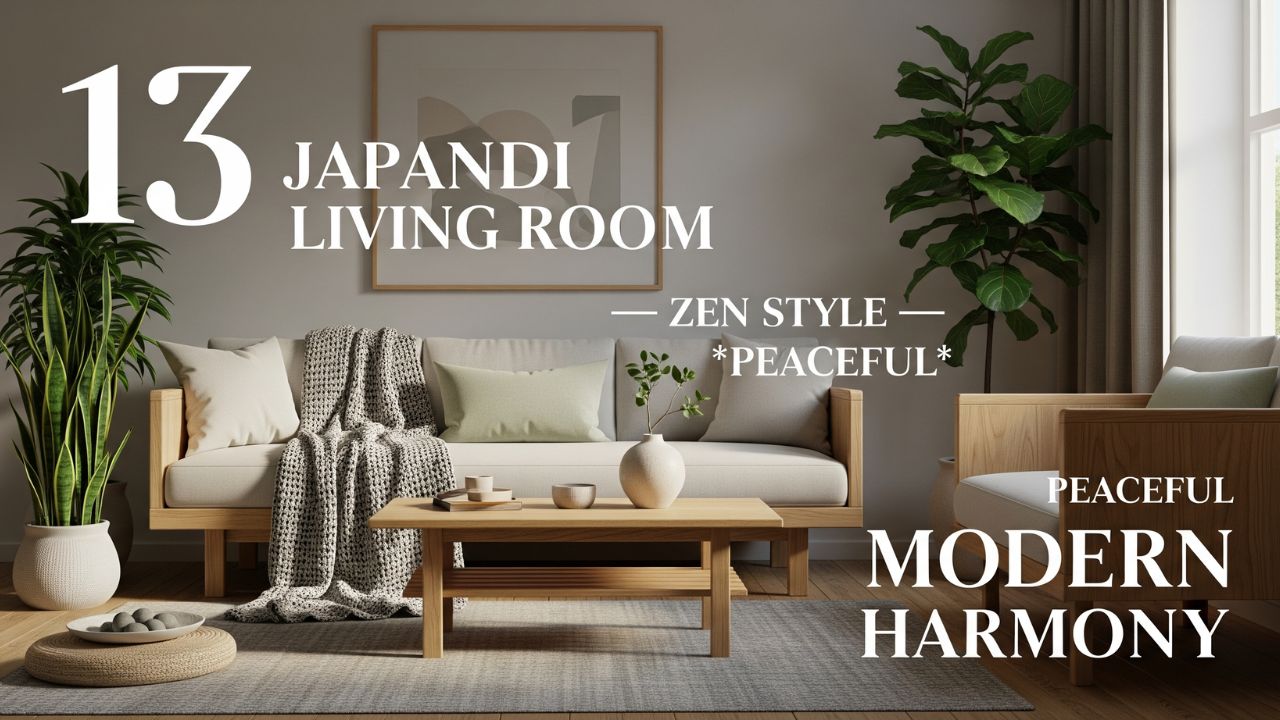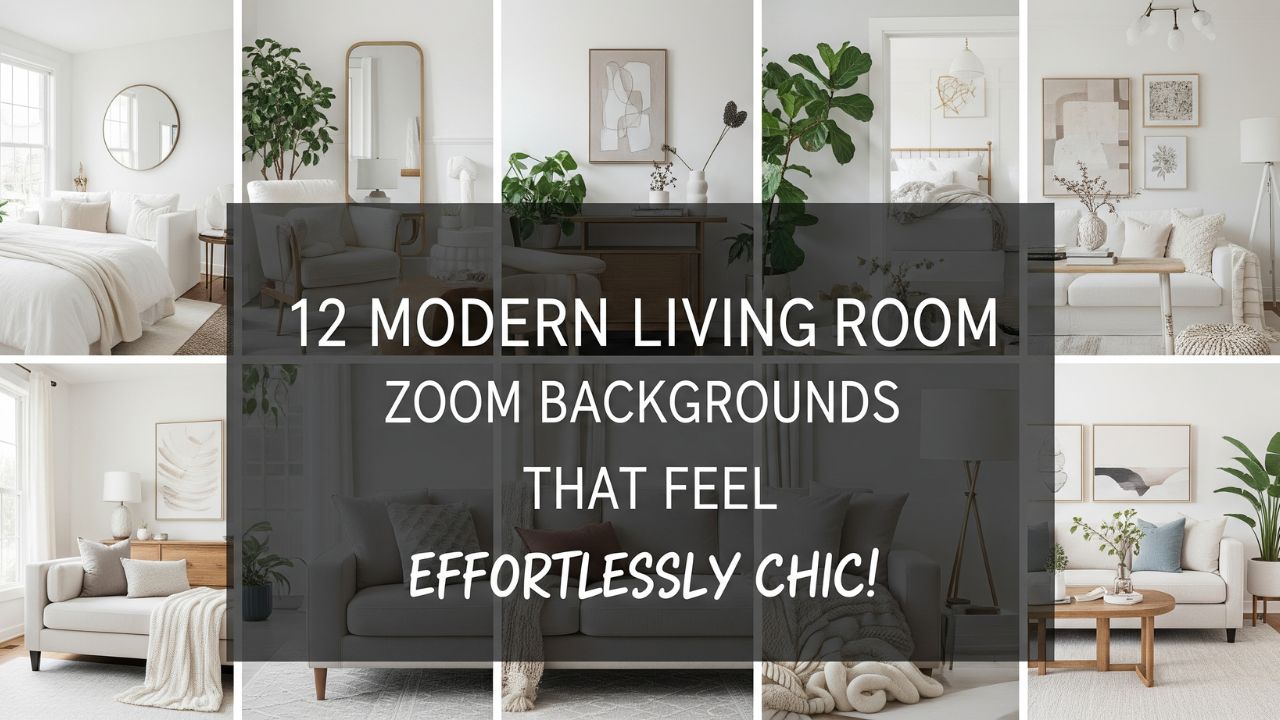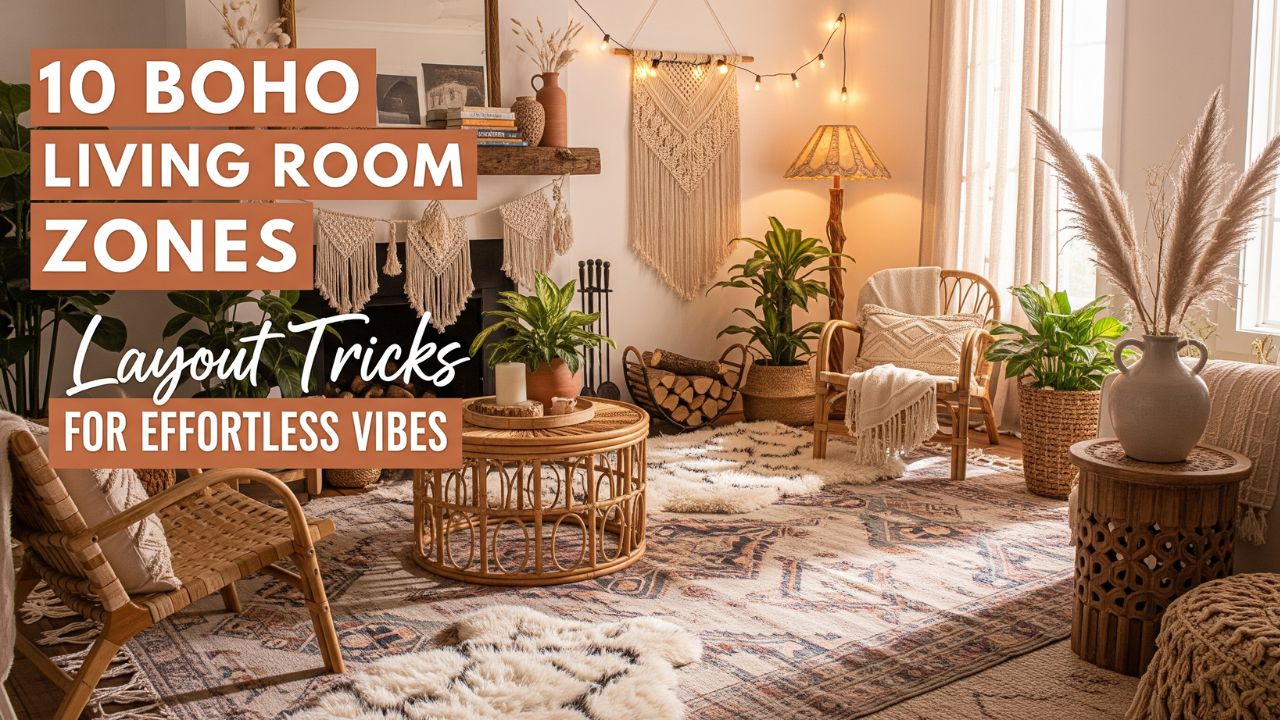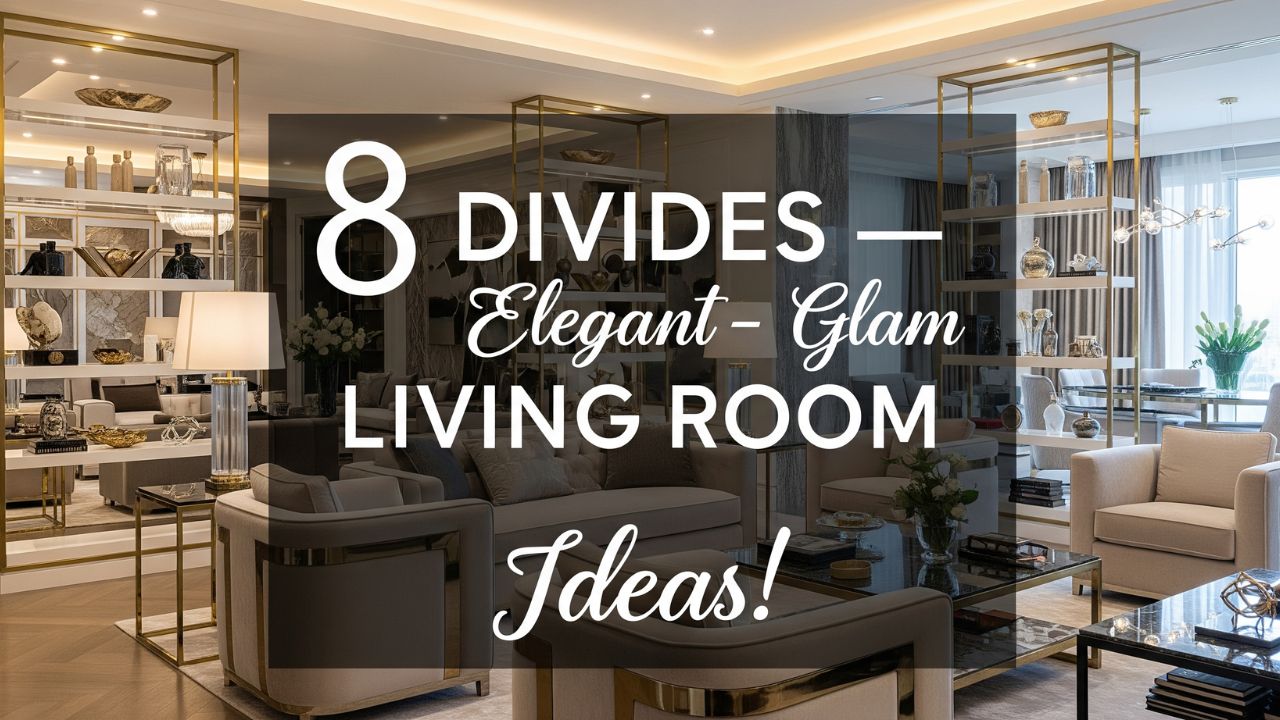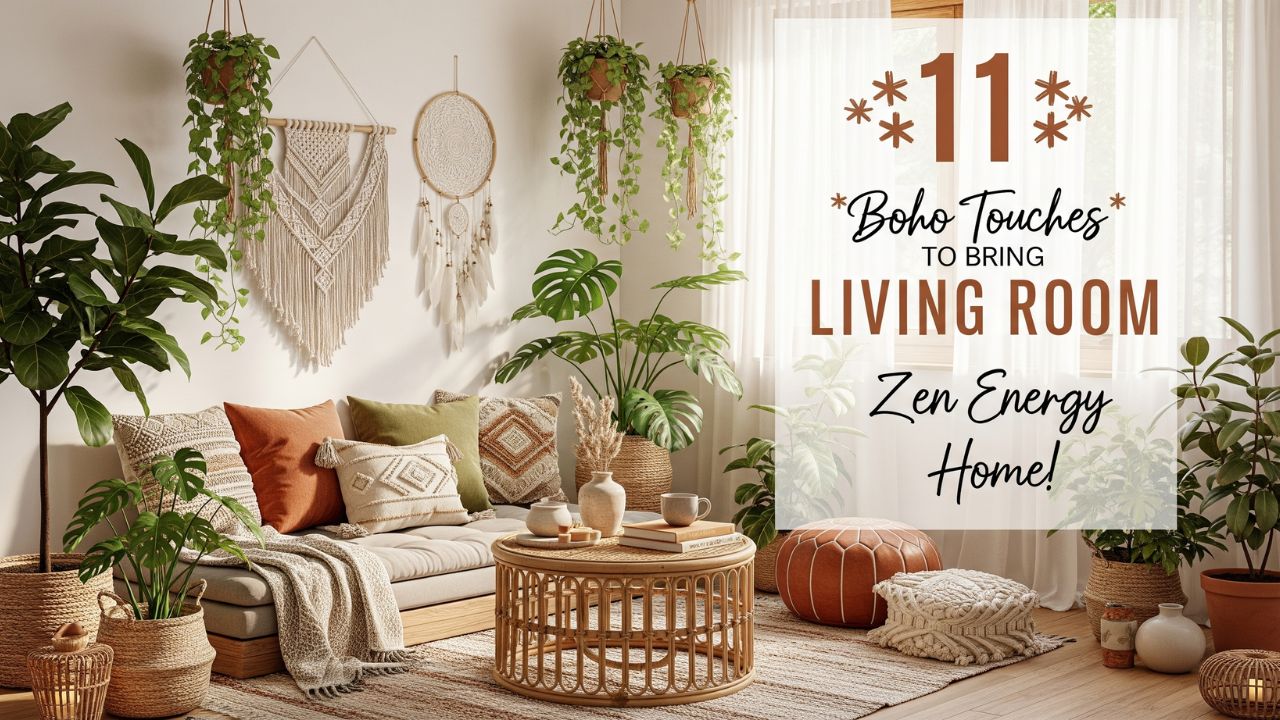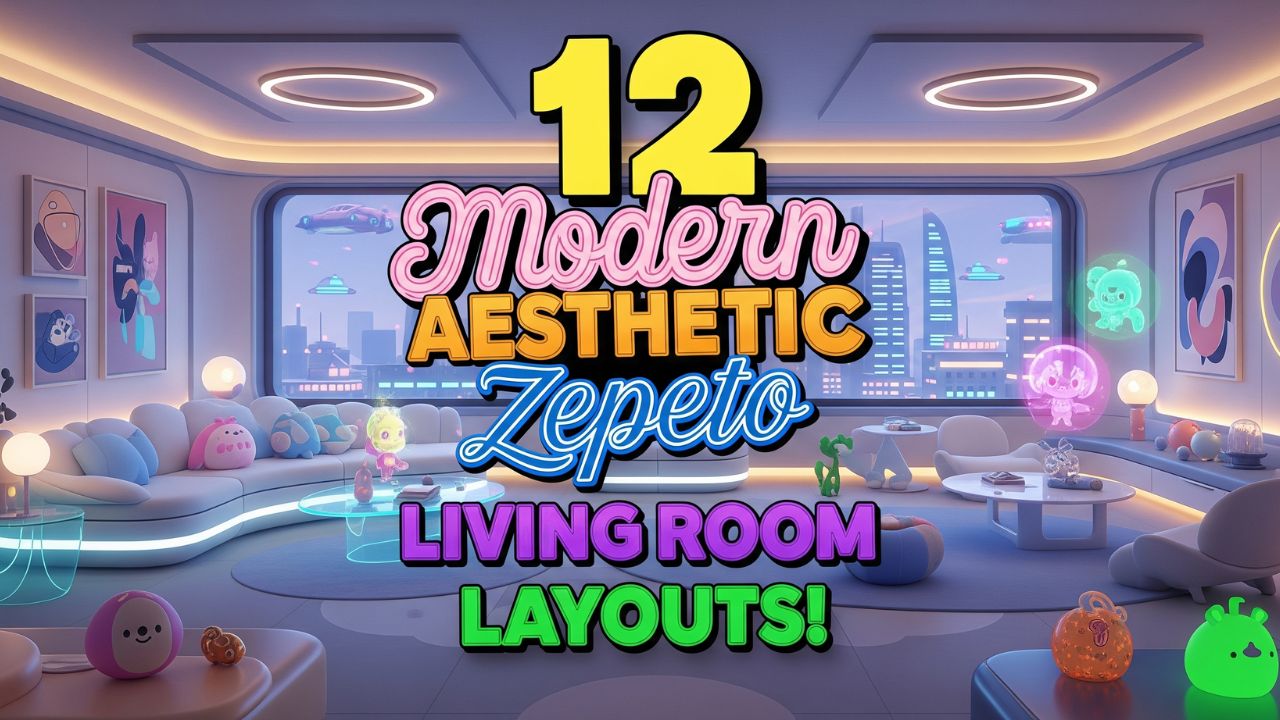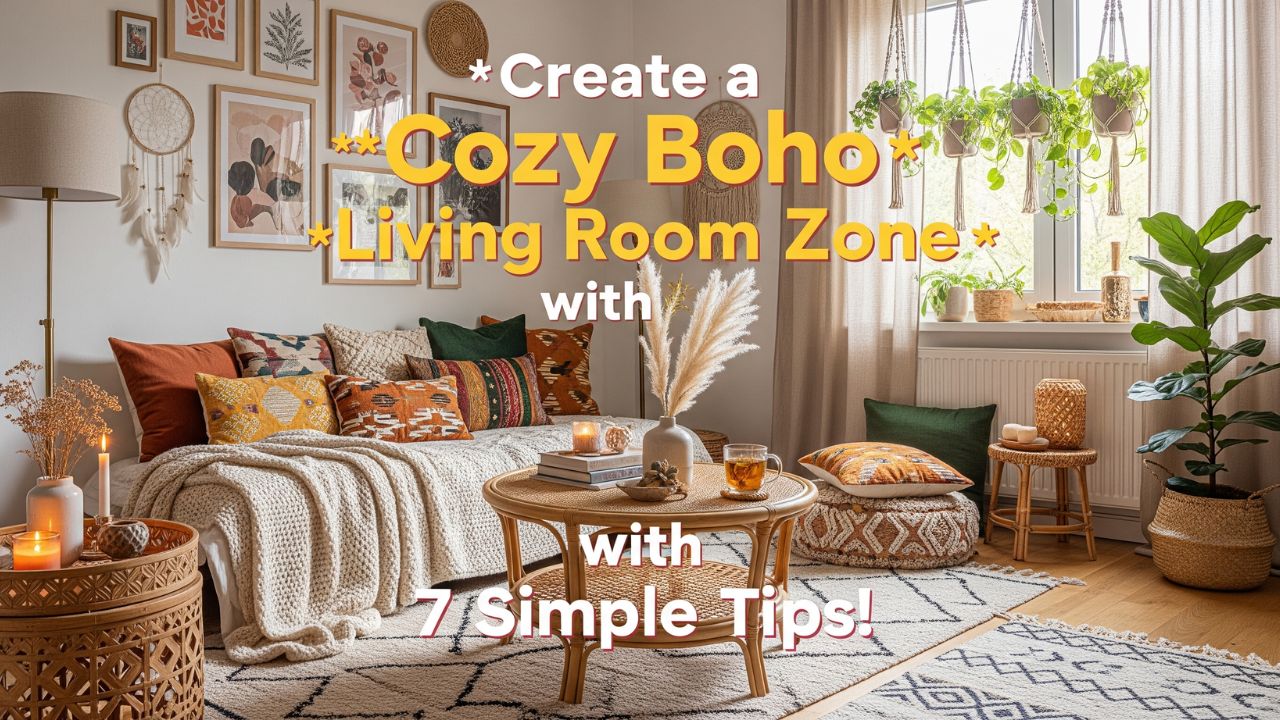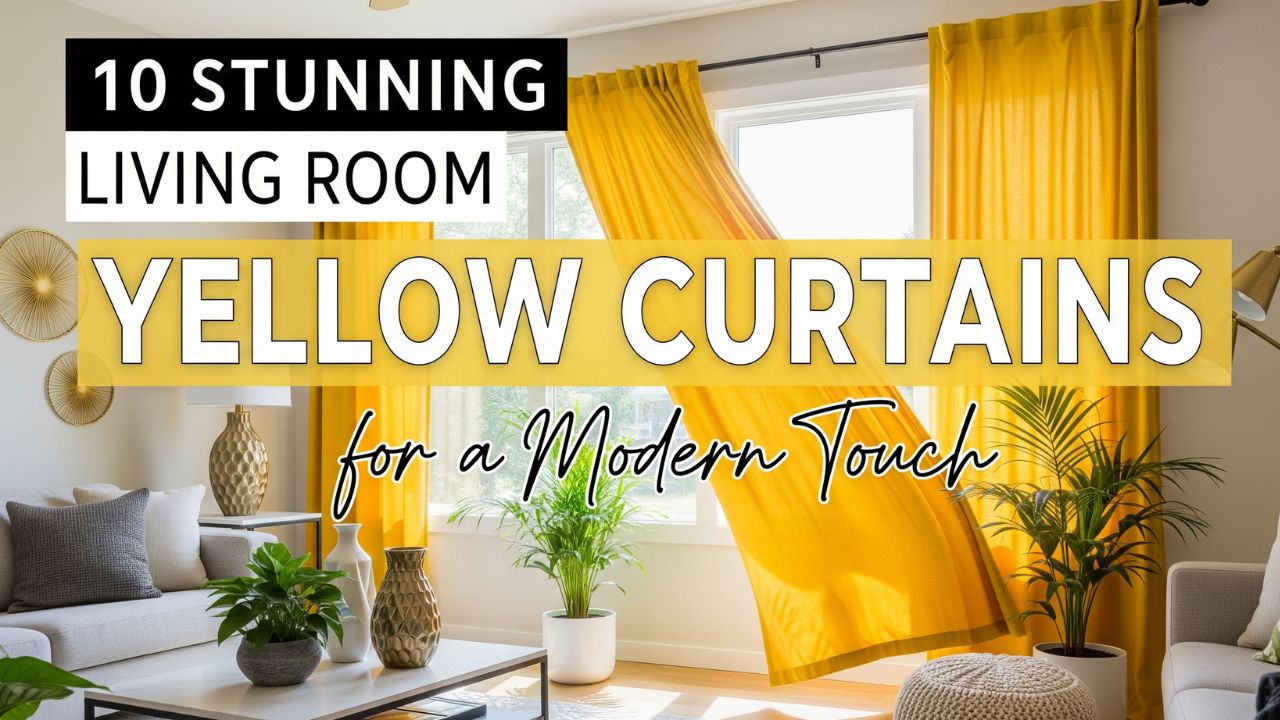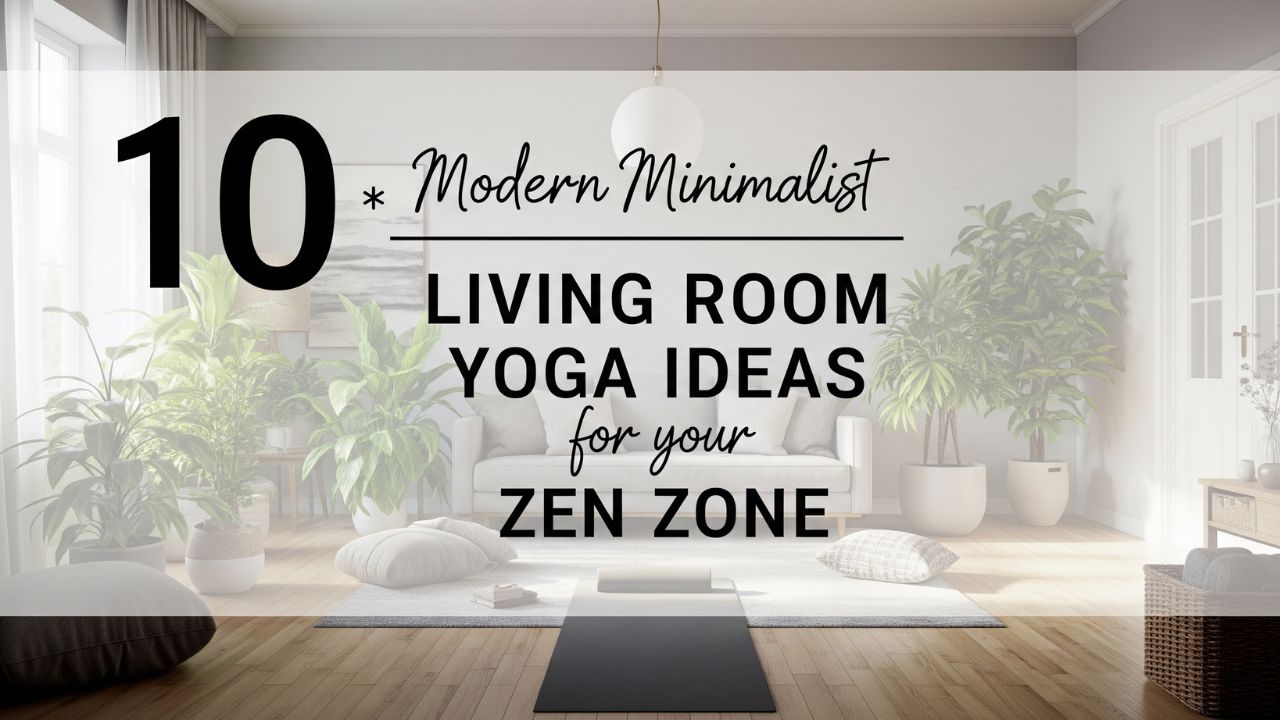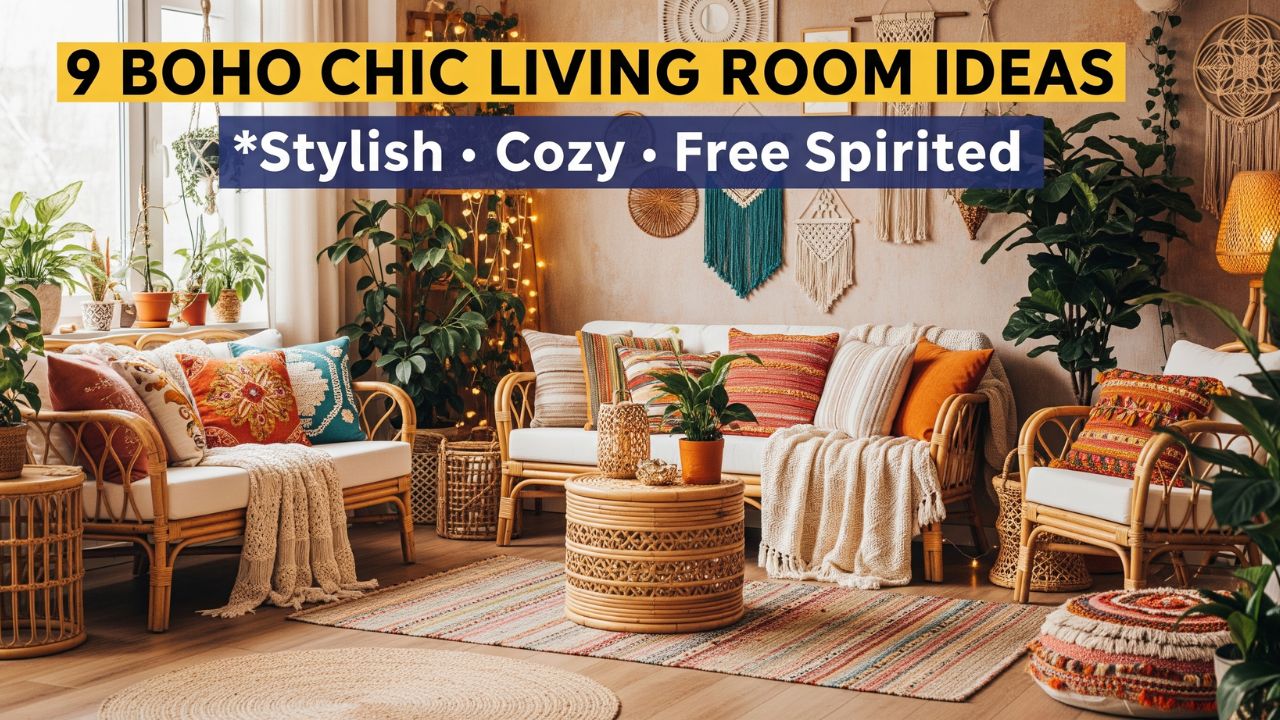There’s something undeniably soothing about a neutral-toned living room. It whispers elegance instead of shouting for attention. It calms the chaos of color overload and creates a space that feels timeless, grounded, and effortlessly modern.
But here’s the secret most people miss — neutral doesn’t mean boring. When done right, neutral tones tell a story. They highlight textures, invite light, and make every detail — from the curve of a chair to the grain of a wooden table — feel intentional.
Do you know that studies in color psychology show neutral spaces can actually help lower anxiety and improve focus? It’s why so many modern homes, luxury hotels, and design studios are embracing the soft minimalism of beige, ivory, taupe, and gray.
If you’re dreaming of a living room that feels both calm and sophisticated, these 9 neutral-tone living room modern design layouts will spark your imagination — and maybe even change the way you think about “simple” interiors.
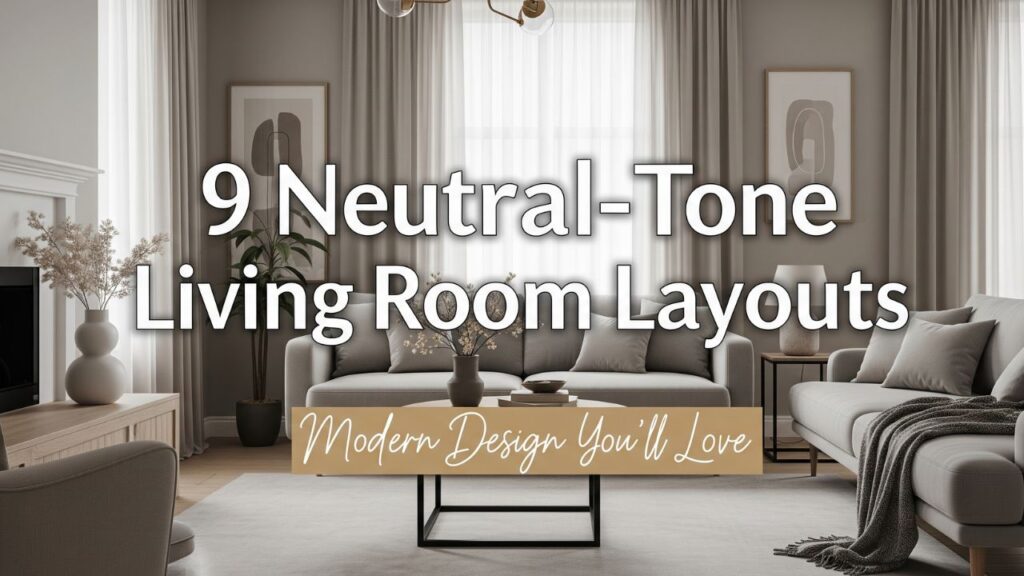
Table of Contents
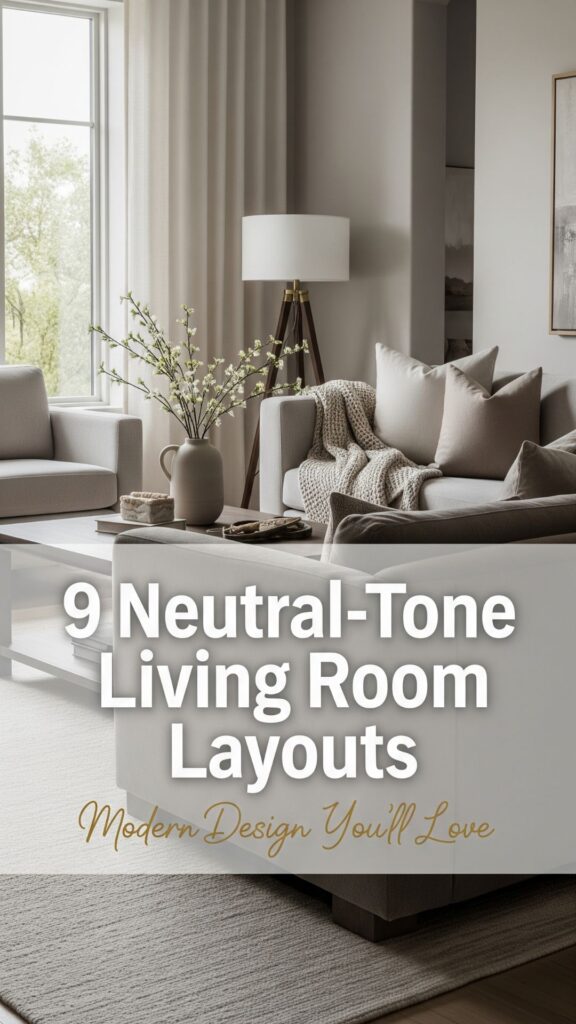
9 Best Living Room Modern Design Layouts
1. Scandinavian Serenity
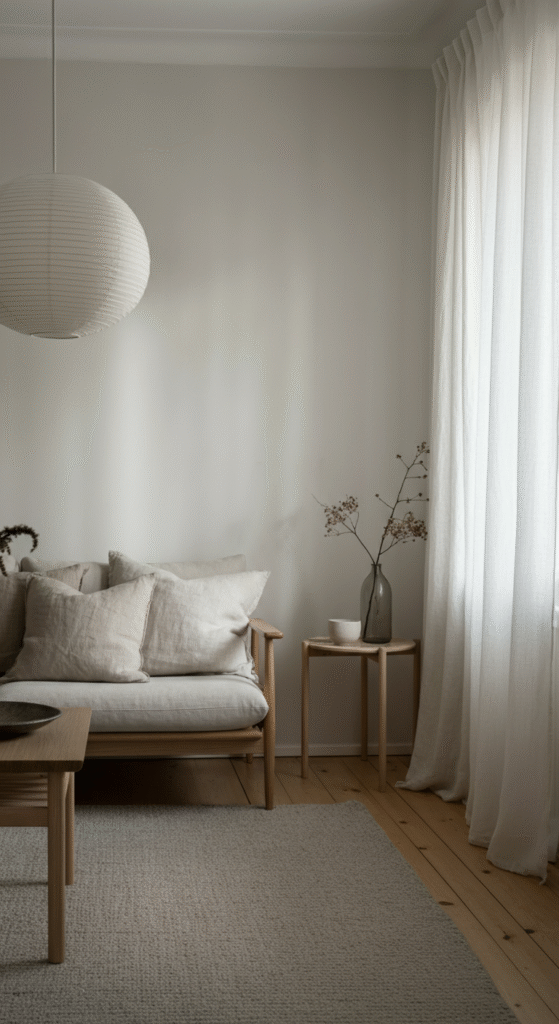
Clean lines, pale wood, and a palette of whites and creams — the Scandinavian style defines cozy simplicity.
In this layout, minimal furniture meets maximum comfort. Picture a soft wool rug underfoot, a low wooden coffee table, and linen curtains that filter natural light just enough. The magic lies in the layering — soft throws, tactile pillows, and a hint of greenery.
Do you know? Scandinavian interiors often rely on the concept of hygge — the Danish art of comfort and well-being. It’s not just a style; it’s a feeling of calm and contentment.
2. Earthy Modern Boho
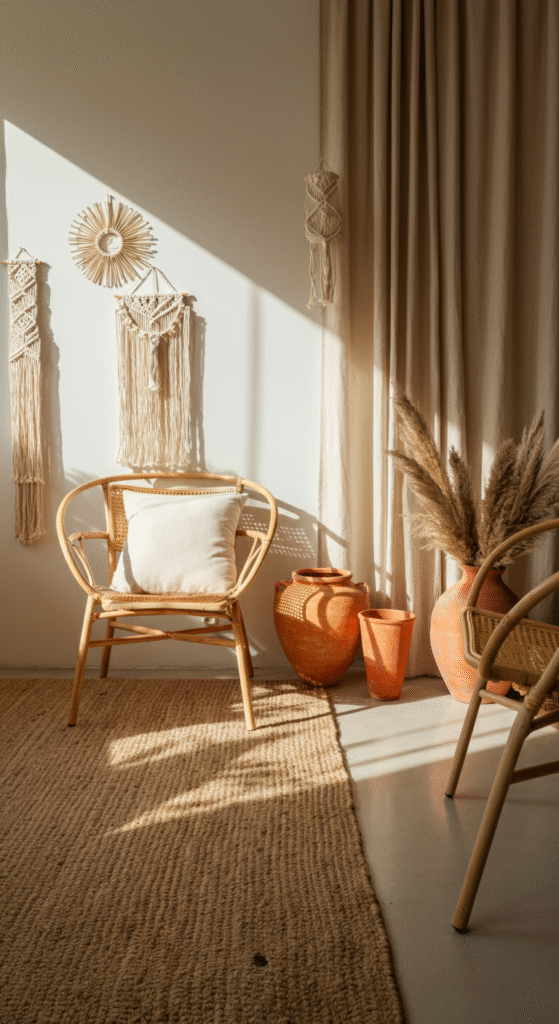
Neutral doesn’t always mean white and gray — sometimes it’s clay, sand, and wheat.
This layout blends bohemian warmth with modern structure. Think rattan chairs, terracotta vases, and macramé wall art set against a neutral plastered wall. The secret? Mixing textures — matte ceramics, woven baskets, and linen cushions all work together to create balance.
Add an oversized jute rug to ground the space and complete the natural aesthetic.
3. Minimalist Luxe
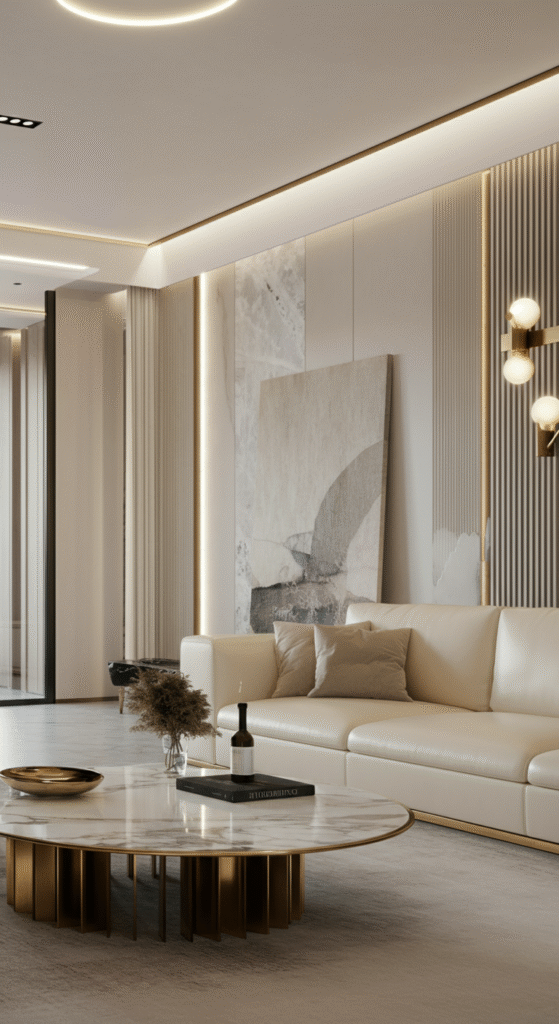
If you believe “less is more,” this design will speak to your soul.
The minimalist luxe layout features sleek furniture with hidden storage, marble or travertine tabletops, and neutral-toned sofas that make space feel airy. The trick lies in using high-quality materials — a leather chair, brushed metal accents, or a polished stone console — that shine without needing bold color.
Myth alert: Many assume minimalist design feels cold or empty, but it’s actually about intentional warmth. The right neutrals and lighting can make minimalism feel incredibly inviting.
4. Japandi Calm
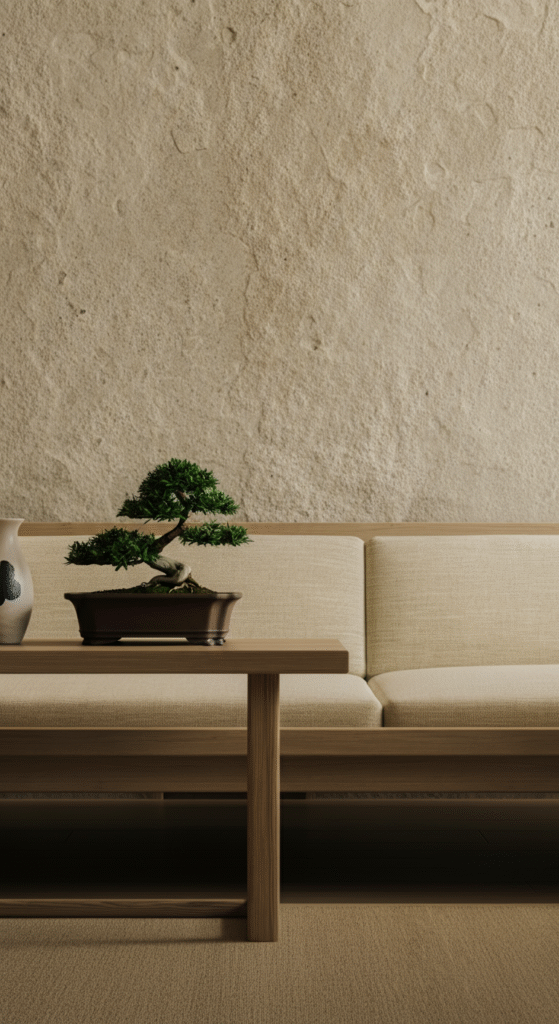
When Japanese simplicity meets Scandinavian warmth, you get Japandi — a trend that’s quietly taking over modern living rooms worldwide.
This layout revolves around balance: natural materials, muted color palettes, and low, functional furniture. Neutral tones like beige, stone, and light oak dominate, while black accents anchor the look.
Place a bonsai or a single branch in a ceramic vase as a centerpiece. It’s the kind of calm that turns your living room into a sanctuary.
Interesting fact: Japandi interiors promote “wabi-sabi” — finding beauty in imperfection. A slightly uneven ceramic mug or an aged wooden stool adds soul to your space.
5. Coastal Modern Neutrals
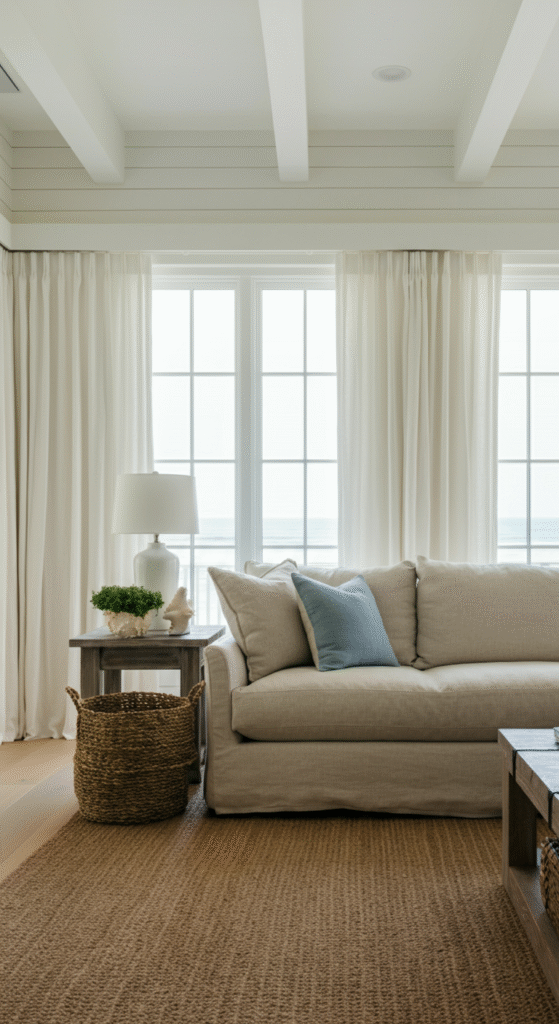
Imagine waking up to the feeling of a seaside breeze — soft, sunlit, and relaxed.
This layout uses sandy beiges, driftwood grays, and off-whites to mimic the beach’s natural hues. Choose linen slipcovered sofas, light wood furniture, and woven textures like seagrass baskets.
Sheer white curtains let sunlight flood in, creating that effortless coastal glow.
You can even add subtle navy or seafoam accents to enhance the coastal story while staying true to neutral elegance.
6. Industrial Warmth
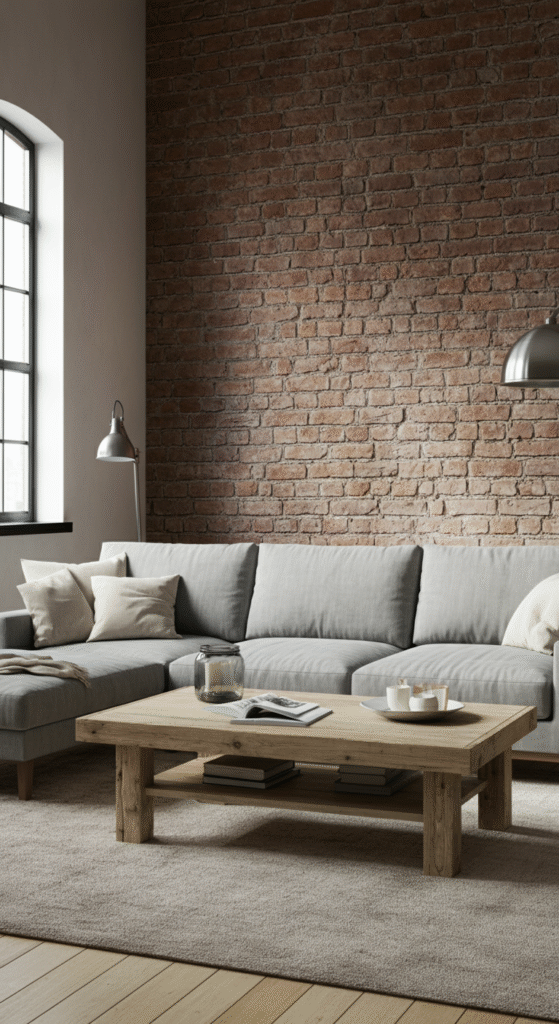
Industrial spaces can feel cold — but not when neutrals lead the design.
Picture this: a soft gray sectional, exposed brick walls, warm wood tones, and brushed metal lamps. The combination creates a stunning contrast — rugged yet refined.
Layering is key here. Add wool throws, oversized artwork in muted tones, and vintage decor pieces to soften the industrial edge.
Do you know? The industrial style originated in 1950s New York lofts when artists converted old warehouses into living spaces — turning raw materials into beautiful backdrops for modern life.
7. Modern Farmhouse Comfort
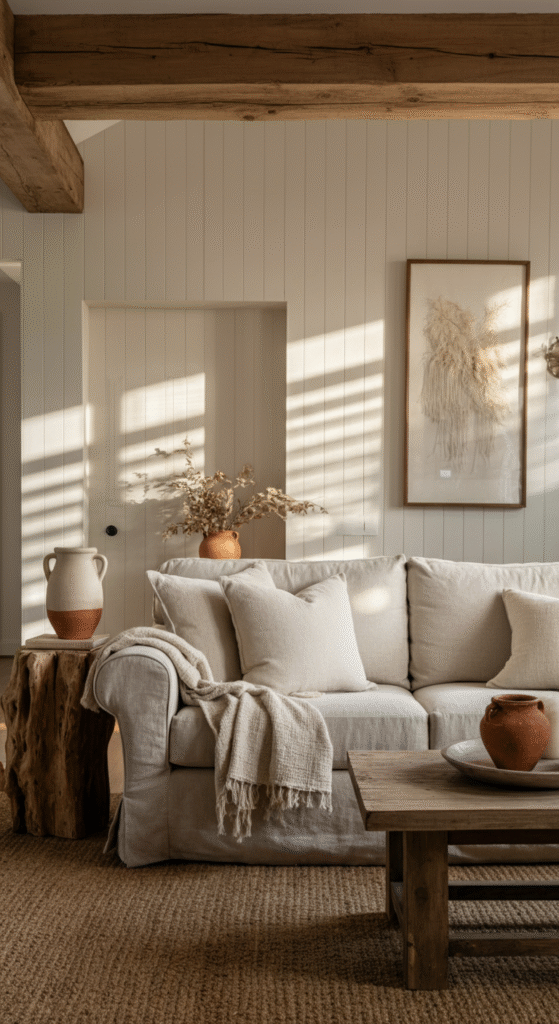
Neutral tones thrive in modern farmhouse interiors because they echo nature and nostalgia.
Start with a soft white or greige base. Add rustic wooden beams, shiplap walls, and a mix of modern and vintage furniture. Pair a linen sofa with a reclaimed wood coffee table for that cozy lived-in charm.
The secret is contrast — modern lighting fixtures with rustic textures. Add a cotton throw and ceramic vases for the final touch of warmth.
Fun fact: The term “greige” — a mix of gray and beige — became popular among designers for its ability to warm up cool neutrals without losing modern appeal.
8. Contemporary Urban Elegance
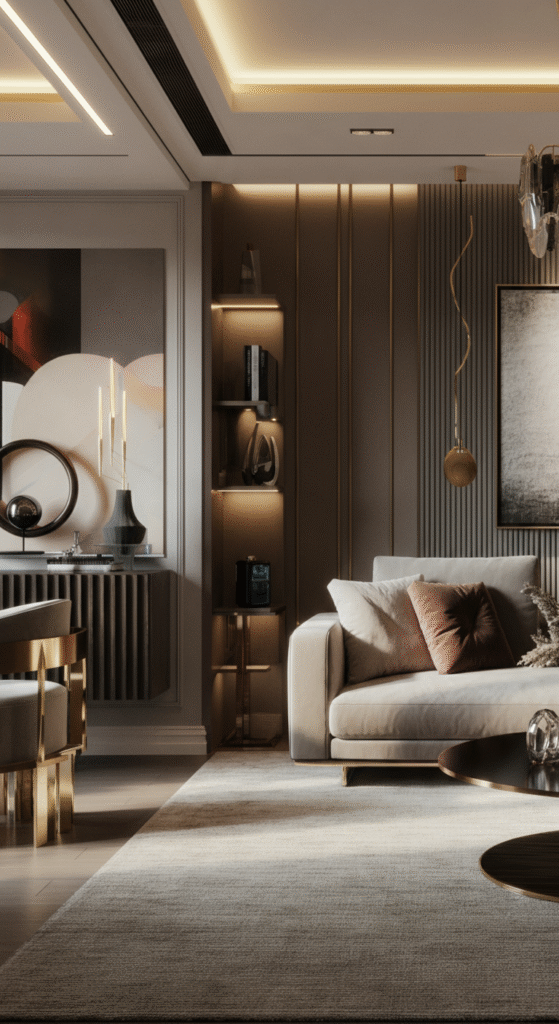
Perfect for city apartments or condos, this layout merges modern lines with subtle sophistication.
Think open spaces, glass elements, and neutral colors layered with metallic details. A taupe sofa, cream curtains, and a soft beige rug create the foundation, while black-framed artwork adds definition.
If your space feels tight, go for low-profile furniture and use mirrors to enhance light and depth.
Design insight: Urban contemporary spaces often use neutral tones to create visual calm amid the chaos of city life — a soft refuge from concrete and noise.
9. Transitional Neutrals
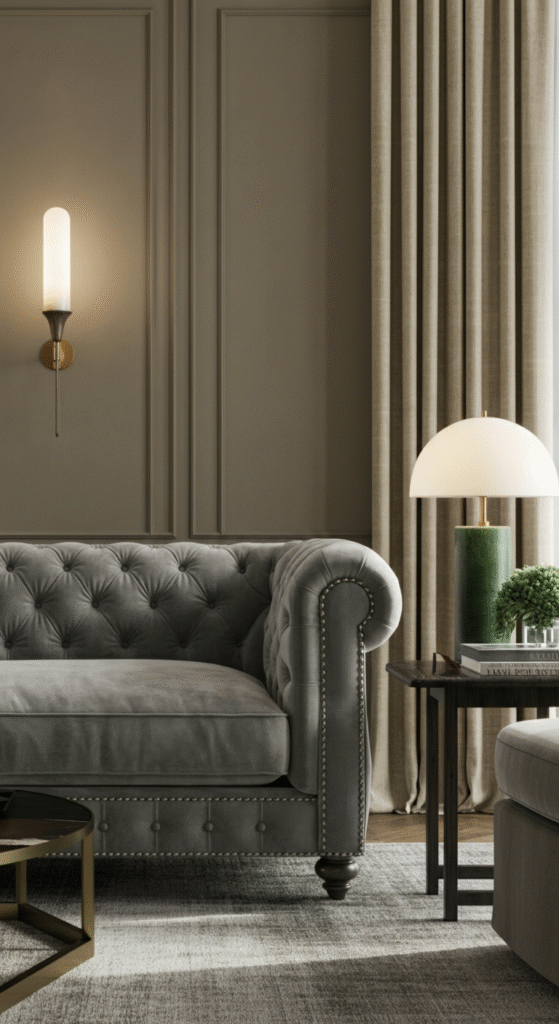
Somewhere between classic and modern lies the transitional style — timeless yet current.
In this layout, traditional furniture silhouettes meet modern finishes. A tufted sofa in soft gray velvet, paired with minimalist lighting and clean-lined tables, creates harmony between old and new.
The palette stays neutral — ivory, beige, taupe — but texture plays a starring role. Add velvet pillows, silk drapes, and a wool rug to elevate the sense of sophistication.
Do you know? Transitional design is one of the most loved interior styles in the U.S. because it evolves easily — perfect for people who like refreshing their homes without total makeovers.
Tips to Bring Neutral Tones to Life
While the core of this article is about layouts, let’s quickly touch on something practical: the art of layering neutrals.
- Play with undertones. Cool grays and warm beiges can coexist beautifully if balanced through texture.
- Add contrast. Even a neutral room needs variation — a black vase or dark wood chair can ground the space.
- Light it right. Natural light enhances neutrals. Use warm bulbs to prevent the space from feeling flat.
- Mix materials. Wood, linen, marble, wool, metal — each reflects light differently, creating depth.
These are what make a neutral-toned room breathe rather than feel static.
Conclusion
Neutral-tone living rooms are not about playing it safe — they’re about creating harmony. They let your personality, not your paint color, shine through.
From Scandinavian calm to industrial warmth, each of these 9 layouts proves that modern design doesn’t need to scream to make a statement. It can whisper — and still leave a lasting impression.
When your home feels balanced, serene, and timeless, you’ll realize: neutrality isn’t a lack of color — it’s the presence of peace.
Frequently Asked Questions (FAQs)
Why are neutral tones so popular in modern living room design?
Neutral tones create a calm and timeless foundation that complements any style. They make rooms appear larger, brighter, and more cohesive. In modern design, neutrals allow texture, form, and natural light to take center stage — giving your living space a polished yet relaxing atmosphere.
How do I keep a neutral-toned living room from looking boring?
The secret lies in layering. Combine different textures like linen, wool, wood, or stone. Add depth with subtle contrast — a cream sofa with taupe pillows, or a gray rug with beige curtains. Introducing small pops of greenery or metallic accents also keeps the space visually engaging.
What colors are considered neutral for modern interiors?
Modern neutrals go beyond white and beige. They include shades like greige (gray-beige), taupe, ivory, sand, charcoal, clay, and even muted olive or blush tones. These colors blend effortlessly and adapt beautifully to both warm and cool lighting.
Can I mix warm and cool neutrals in the same living room?
Absolutely. Mixing warm and cool tones adds sophistication and balance. For example, you can pair a cool gray sofa with a warm oak coffee table or beige curtains. The key is maintaining a consistent undertone so the mix feels intentional rather than random.
How do I choose the right furniture for a neutral modern layout?
Opt for furniture with clean lines and natural materials. Light or medium wood finishes, neutral upholstery, and matte textures work best. Focus on comfort and functionality — modular sofas, sleek coffee tables, and minimalist lighting pieces are perfect for modern layouts.
